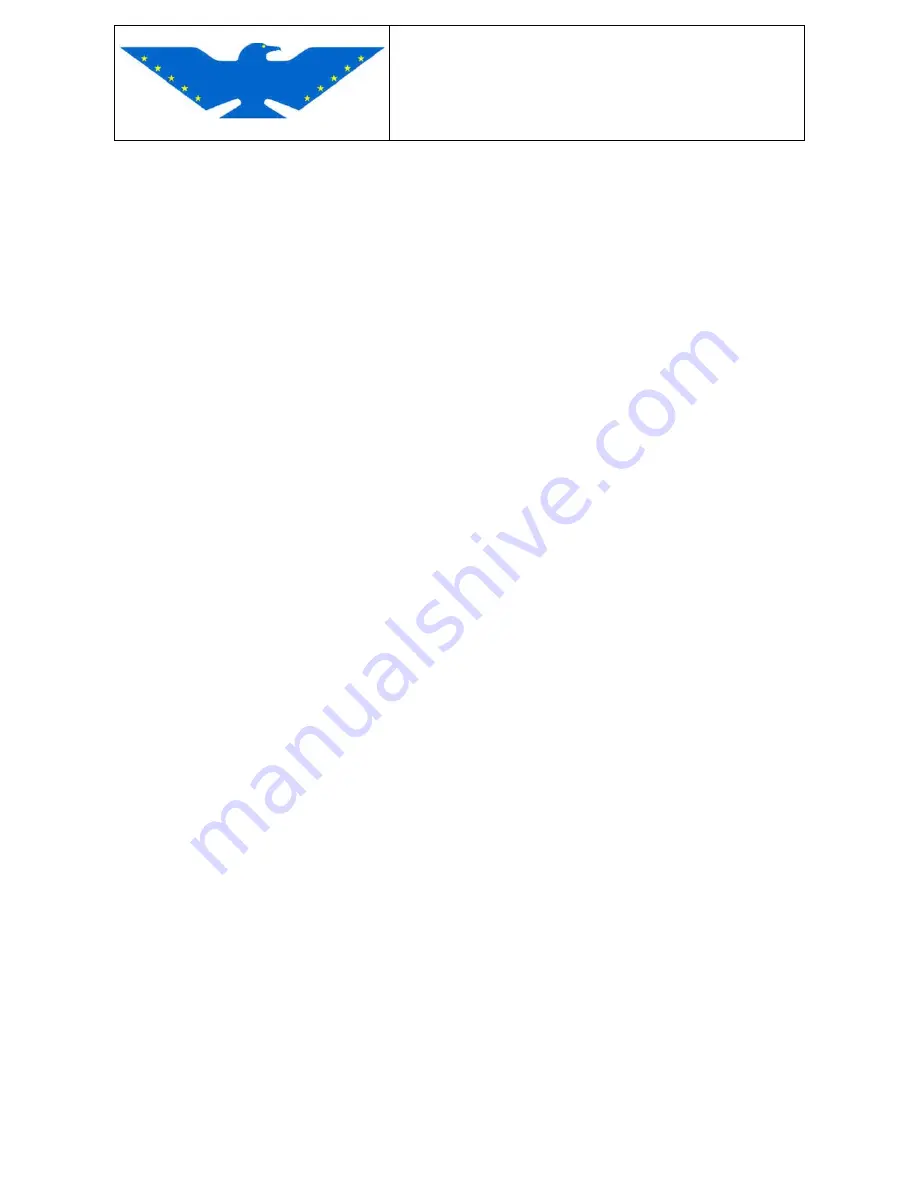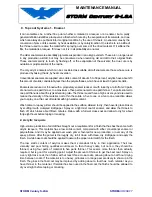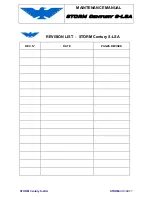
MAINTENANCE MANUAL
STORM Century S-LSA
STORM Century S-LSA
STORMAIRCRAFT
Types Of Damage
Cosmetic Defects
A cosmetic defect is a defect on the outer surface skin that does not involve damage of the
structural parts. It may be caused by chipping or scratching during handling, does not usually
affect the strength of the part, and is usually repaired for esthetic reasons. If damage is to the
fiberglass, it many times would be considered negligible or cosmetic damage.
Impact Damage
Impact damage may occur if struck by a foreign object. The degree of damage may range
from slight to quite severe. Probably the most common cause of impact damage results from
careless handling during transportation, storage, or by standing parts on their edge without
adequate protection.
Because of the thin metal sheets, they are susceptible to impact damage. An area which has
been subjected to impact damage should also be inspected for cracks around the impacted
area.
Nicking, chipping, cracking or breaking away pieces of the edge or corner can also be caused
from improper handling.
Inspection
Methodology
Areas on the aircraft which are subject to damage, such as leading edges made of thin
metal sheets over, should be inspected more often than areas which are more protected by
design, such as the vertical stabilizer.
Visual inspection to these areas should be accomplished periodically, more in depth
inspection should be done at regular overhaul intervals.
Many times the inspection method requires that the component be removed from the
aircraft in order to be inspected correctly.
This type of inspection is usually accomplished at the time of the aircraft's
overhaul. Between overhaul inspections, visual inspection is usually adequate.
Visual Inspection
Visual inspection is used to detect cracks, surface irregularities (from an internal flaw),
surface defects such as bruise or rivet loosening.








































